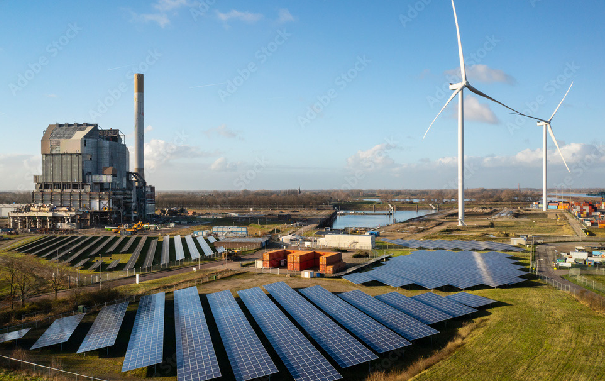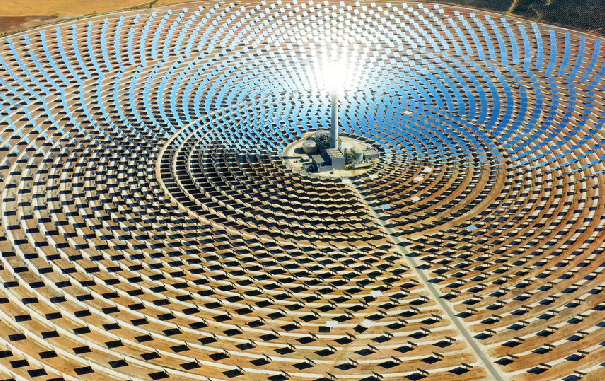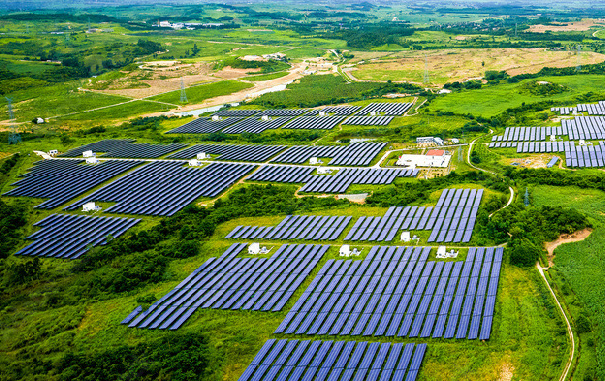SolDAC
SolDAC’s main ambition is to reinvent the ethylene industry, which is the chemical industry’s primary building block, by proving an emerging breakthrough technology for producing technically and economically competitive and climate-neutral sustainable ethylene and co-product ethanol from solar energy and air.
SolDAC process counts with three main units: Photo-Electrochemical Conversion unit (PEC), Full Spectrum Solar collector (FSS) and Direct Air Capture unit (DAC).
The Photo-Electrochemical Conversion unit (PEC) allows the direct conversion of carbon dioxide into ethylene. This unit exploits bandwidth-selected light from a solar collector (FSS) that splits the solar spectrum for electricity and heat generation at efficiency higher than standalone PV modules and standalone solar thermal collectors. Heat is used in an innovative direct air capture (DAC) unit at ultralow temperature (~60 °C), fostering the eventual circular integration with heat networks. The DAC unit removes carbon dioxide from the air, concentrates it to more than 95% and compresses it to feed the PEC stack and a pipeline for carbon dioxide storage.
This allows the carbon footprint of the whole sun-to-chemicals process to be offset and enables gain in carbon credits, opening an opportunity to exceed climate-neutrality and produce carbon-negative by-product ethanol. The process offered by SolDAC is energetically self-sufficient, economically viable and carbon-negative on the condition that each unit (DAC, PEC, FSS) reaches new targets in efficiency.
Objectives
O1
Produce carbon-neutral ethylene and by-product ethanol from the air in an independent off-grid decentralized and market-competitive process powered by solar energy.
O2
Guarantee the techno-economic feasibility of the SolDAC process through the three enhanced units that comprise the process.
O3
Demonstrate through eco-design the reduction of the “cradle to grave” carbon-footprint of the SolDAC individual process units.
O4
Popularise Carbon Capture, Utilisation and Storage (CCUS) technologies in society.
O5
Inform key stakeholders within the energy and chemicals sectors and general public of project findings through targeted events and the efficient use of different media.
O6
Enhance Europe‐based global leadership in the production of renewable chemicals from CO₂.
Impacts
Improvements in the Direct Air Capture unit (DAC)
- New family of step-isotherm materials for CO₂ sorption.
- Materials become benchmark in DAC and other carbon capture applications.
- CHEX (coated heat-exchangers) technology becomes the standard in DAC.
- Unlock utilisation of waste heat and solar heat in cold climates.
- Expectation that DAC will absorb < 20% of the renewable energy generated in 2050.
Improvements in the Photo-Electrochemical Conversion unit (PEC)
- Ethylene levelised cost lower than fossil fuel process (< 1€/kg).
- Unlock electrolysis as an option for ethylene production.
Improvements in the Full-Spectrum Solar collector (FSS)
- New paradigm in solar energy generation by decoupling light collection and electricity generation.
Integrated SolDAC process
- Decarbonization of the ethylene industry. Decarbonization of the ethylene industry. SolDAC market penetration enabling ethylene industry to become zero-carbon.



